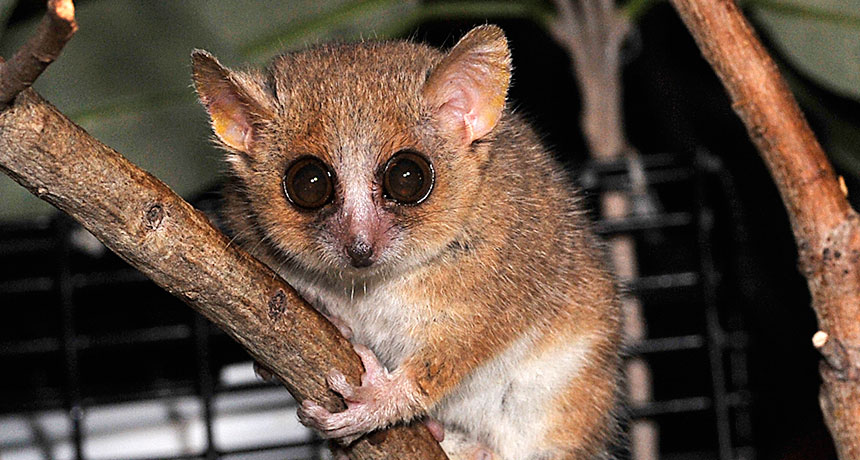
ANCIENT LOOK Fossils of extinct primates that lived in India nearly 55 million years ago come from tiny creatures that were about the size of a gray mouse lemur (shown).
David Haring/Duke Lemur Center

ANCIENT LOOK Fossils of extinct primates that lived in India nearly 55 million years ago come from tiny creatures that were about the size of a gray mouse lemur (shown).
David Haring/Duke Lemur Center